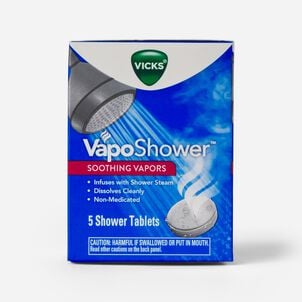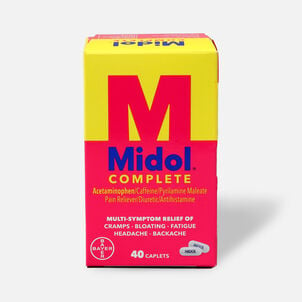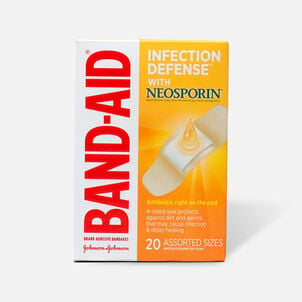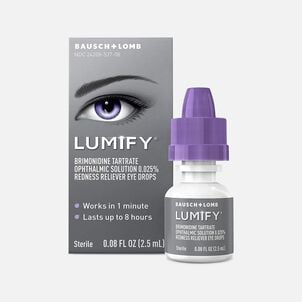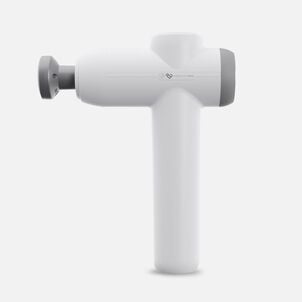If HSAs seem "scary" the numbers might help
Does the idea of an HSA scare you? If so, you're not alone. Some people fear HSA-qualified plans because they have high-cost medical conditions and assume that they'll struggle to pay their medical bills. But sometimes it's just a general fear of "what if?" that holds people back from considering an HSA-qualified plan.
To be able to contribute to an HSA, you need to have an HSA-qualified high-deductible health plan (HDHP). That terminology — the "high-deductible" part — is sometimes enough to scare people away right off the bat. But what exactly does a qualified "high-deductible" mean?
It's clearly defined by the IRS
For 2024, an HDHP has to have a deductible that's at least $1,600 for an individual, or $3,200 for a family to be HSA-qualified. The deductible can be higher than that, but the maximum out-of-pocket costs (including the deductible) can't be higher than $8,050 for an individual, or $16,100 for a family.
On the higher end, those are certainly large amounts of money. But they're actually smaller than the maximum out-of-pocket limits that apply to all other plans. So, depending on the plans you're considering, the HSA-qualified HDHP might end up having lower total out-of-pocket exposure.
And on the lower end, a $1,600 deductible can't really be considered all that high anymore. Across employer-sponsored plans that have deductibles (which is most of them), the average deductible in 2023 was notably higher.
Some key differences...
Where an HDHP really differs from many traditional plans, however, is in how medical bills are handled before you've met the deductible. The HDHP can only cover preventive care before the deductible. Everything else, including office visits, urgent care visits, prescriptions, etc. is billed to you in full (at the network rate) until you meet the deductible.
In contrast, a traditional plan might have a deductible that applies if you're hospitalized or need surgery or lab work, but it might have copays instead for things like office visits and prescriptions. So, instead of paying the full cost when you go to the doctor, you might pay $40 and your insurance would pay the rest. With an HDHP, that doesn't happen. Instead, you pay whatever your plan's rate is for the office visit, and it counts towards your deductible.
Consider an HDHP, regardless of health
It's common to hear people say that an HDHP with an HSA is only a good option for people who are healthy. While it's true that healthy people tend to gravitate to HDHPs, the plans can also be a good choice for people who need a significant amount of healthcare. It's the people in the middle who might find that an HDHP with an HSA isn't the best option.
Let's say you're fairly healthy but see the doctor several times each year and take a few expensive prescriptions. You never meet the deductible or out-of-pocket maximum on your health plan, and all of the medical services you use during a typical year tend to have copays. You'd have to compare the premiums as well to be sure, but there's a good chance you'd be better off with the traditional health plan.
But what if you've got a serious health condition that goes beyond things that tend to be covered by copays? Don't dismiss your HDHP options without giving them careful consideration. You might find that the maximum out-of-pocket costs aren't any higher — and might actually be lower — with the HDHP. And that's before we factor in the lower premiums, the tax savings, and potential employer contributions to the HSA.
Of course, there's also more to picking a health plan than just crunching numbers. Regardless of the math, the plan also has to let you sleep well at night, and the coverage that will do that is different for each of us.
-
Thank you for visiting the HSA Store Learning Center! Don’t forget to follow us for more helpful tips on Facebook, Instagram, and Twitter!


.png)









